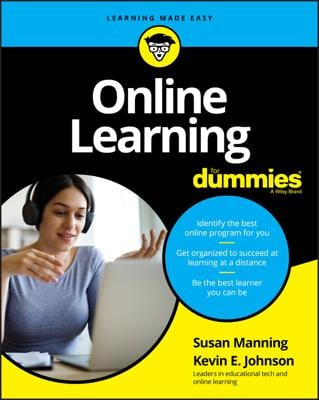 © SkazovD / Shutterstock.com
© SkazovD / Shutterstock.comIt’s impossible for us to tell you that a two-year degree, for example, will cost you $15,000 because we don’t know whether you want to attend a private college, a four-year institution that awards associate’s degrees, or a two-year school. In addition, as soon as we give you a price tag, tuition will increase (it never decreases), making the number obsolete. Therefore, we look at the cost of one course in 2020.
For this baseline, consider the following costs for an undergraduate accounting course that awards three credit hours:
- At a well-known, private online institution: $514 per credit hour ($1,542 total)
- At a public university that offers this course online: $229.84 per credit hour in-state or $689.52 out-of-state
- At a two-year community college in the Midwest that offers this course online: $171 per credit hour in-district and in-state, $247.50 out-of-district but in-state, or $302.50 out-of-district and out-of-state ($513 to $907.50 total, depending on where you live)
Now consider a graduate level course in education that awards three credit hours:
- At a well-known, private online institution: $776 per credit hour ($2,328 total)
- At a public university that offers this course online: $360.37 per credit hour for in-state residents; $808.46 for out-of-state residents and international students
The more classes you take at one time, the more you owe at one time. And, the formula for determining tuition and total costs can vary based on the institution, program of study, fees, supplies, and location (online or on-campus).
We can’t provide exact numbers, but the table shows some typical costs and specifies where you may see differences.|
On-Campus versus Online Costs |
||
| Cost | On-Campus | Online |
| Tuition | Costs vary depending on the type of institution (public or private, two-year or four-year). | Expect to pay the same amount as for on-campus education. Typically, schools charge by the credit hour or for the completion of an entire degree or certificate program. |
| Fees | You might pay fees for the college’s technology, student activities, fitness center, on-campus labs, student health insurance, and other services. These vary greatly, depending on the type of institution. | You’re less likely to have to pay the same fees online. Some schools charge for the services you use (for example, technology), and others charge no fees. |
| Books | Textbooks are expensive. Spending $100 or more on one textbook isn’t uncommon. | The price of online textbooks is the same as for on-campus. As with books for on-campus courses, you may be able to buy discounted or used books, but you might incur the additional cost of shipping and handling. Some sellers offer free shipping above a certain dollar amount. |
| Room and board | You might live at home and incur no additional charges for room and board. However, if you’re an on-campus student enrolling in a residential college, you may be required to live on campus for at least the first year. In that case, you can add $6,000 or more to the price tag. | You can definitely live at home and incur no additional room-and-board charges. |
| Travel | If you’re commuting to school, consider the cost of fuel and of wear-and-tear on your vehicle or the cost of public transportation. | No additional cost — you just work from the convenience of your home. However, some programs may require you to make an annual trip to their main campus (some doctoral programs and other graduate degrees, for example), so this trip would count as a cost. |
Another way to save money is to look for courses that employ open education resources (OER), which are resources created by people with the intention of making them available to others for free or at a dramatically discounted cost. Some states now have a way to flag these courses in the course catalog. For example, Washington state public institutions specify courses with total materials-and-supplies costs of $50 or less.
The result is that you might not save money in tuition and fees if you attend school online, but you may save money in room-and-board and travel costs, depending on how you run your own comparison. What you save on books depends on the seller and whether it offers free shipping.

